Spiti Valley- Little Tibet
- Ideal Duration : 7 days
- Best Time : All Year
Spiti Valley- Little Tibet
Spiti Valley, also known as Little Tibet, is a place you’ve probably heard about a lot. It’s a cold desert nestled in the Himalayan mountains of Himachal Pradesh, perfect for travelers who want to explore off the beaten path. The villages in Spiti are hidden away, offering a unique experience for those who visit. You can hike through Snow Leopard and Himalayan Wolf habitats, visit ancient monasteries, and immerse yourself in a culture and cuisine unlike anywhere else in India. The people of Spiti are known for their kindness, despite living in harsh conditions.
Located at an altitude of 12,500 feet, Spiti Valley only gets around 250 days of sunshine each year, making it one of the coldest places in India. The name “Spiti” means “The middle Land,” as it separates India from Tibet. As you travel through Spiti, you’ll be greeted by winding roads, valleys, and stunning views of the cold desert and snow-capped mountains. The valley is home to several monasteries, each with its own unique history and charm.
Some must-visit places in Spiti Valley include Komic Village, Langza Village, Lhalung Monastery, and the ancient Tabo Monastery, which is a favorite of the Dalai Lama. You’ll also encounter Gaddi sheep and goat herders, a nomadic tribe from Himachal Pradesh, who bring their animals to graze in the valley during the summer months.
In recent years, tourism has grown in Spiti Valley, attracting visitors with its natural beauty and rich cultural heritage. The Tabo Monastery is a popular attraction, known for its stunning murals, ancient temples, and impressive stupas. Spiti Valley truly is a world of beauty and happiness waiting to be explored.
Highlight:
- Spiti Valley is a snow laden barren desert with breathtaking beauty.
- Several villages in Spiti Valley offer a captivating and exciting trek trails with mesmerizing views.
- Yak and horse safaris are the most popular and fun ways to explore the valley.
- Bara Shigri is the largest glacier located in the state of Himachal Pradesh.
- Tabo Monastery was built in 996 AD and is more than 1000 years old.
- Tabo Monastery is referred to as the Ajanta of Himalayas and is also declared as a World Heritage Site by UNESCO.
Key monastery is the highest altitude monastery in India at 4166 meters and is the second highest in the world.
Tourist from outside India need inner line permits to enter Spiti through Kinnaur.
Dalai Lama has expressed his desire to retire to Tabo, since he maintains that the Tabo monastery is one of the holiest.
Tourist Attractions:
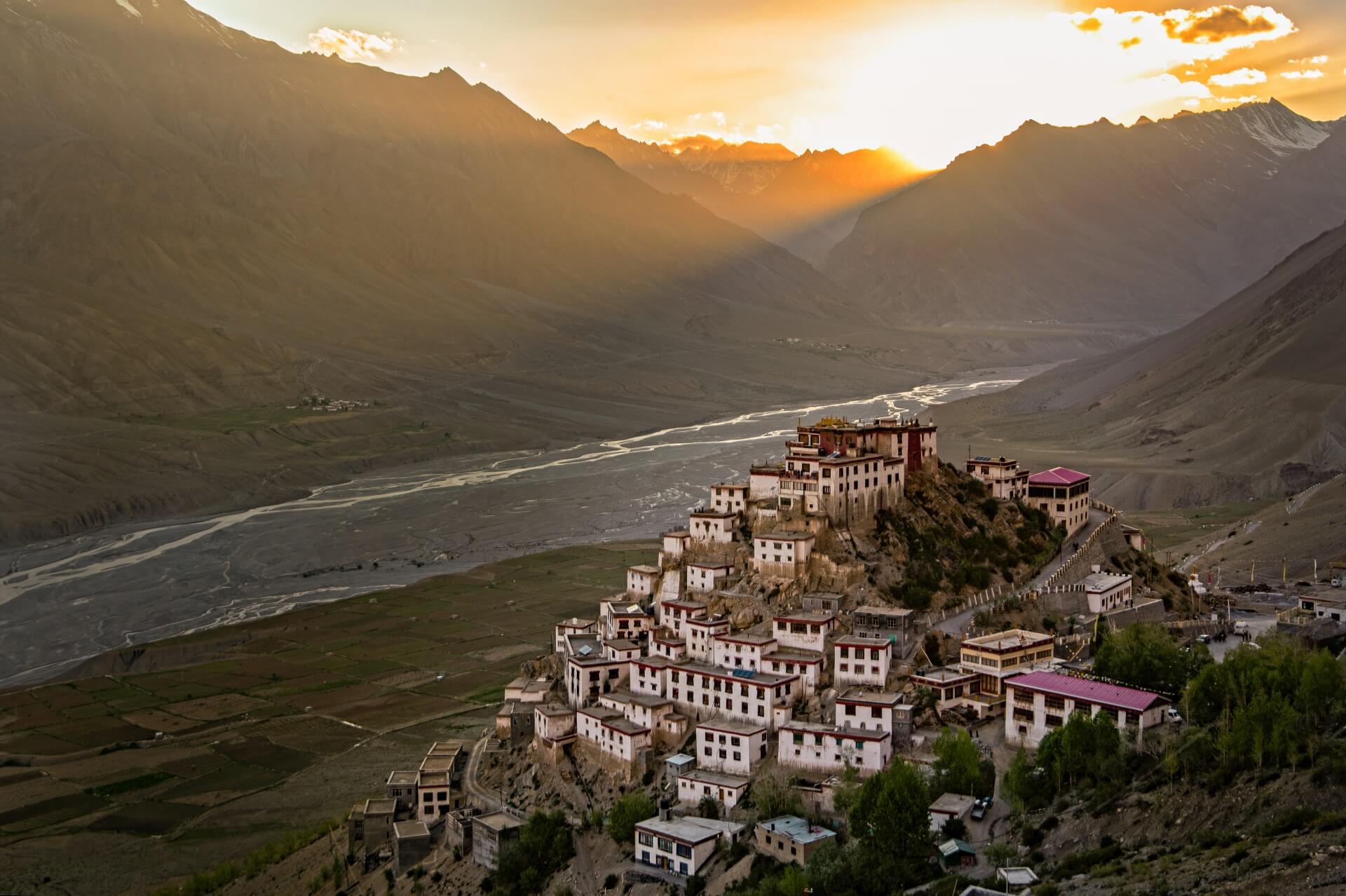
Key Monastery
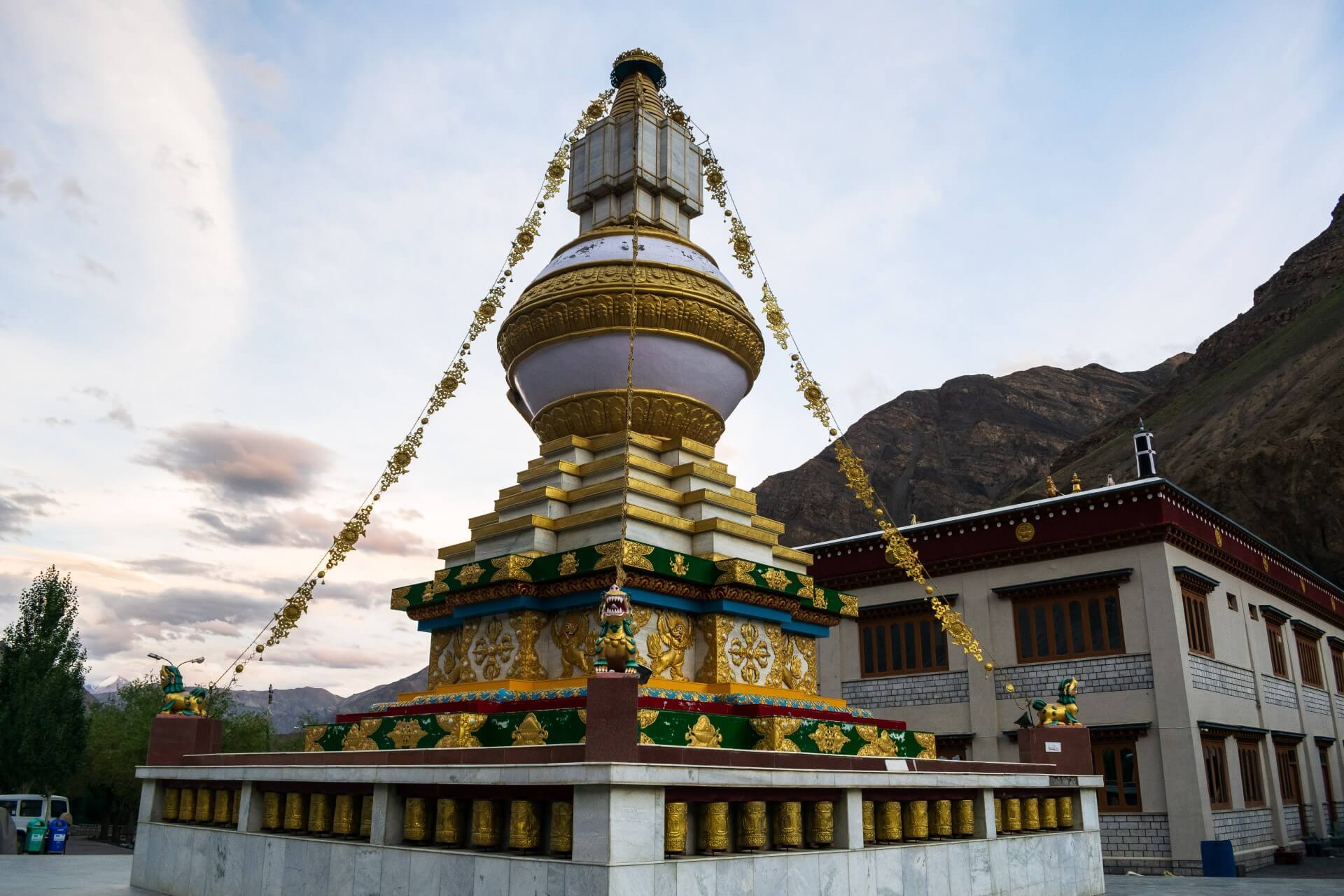
Tabo Monastery- Ajanta of the Himalyas
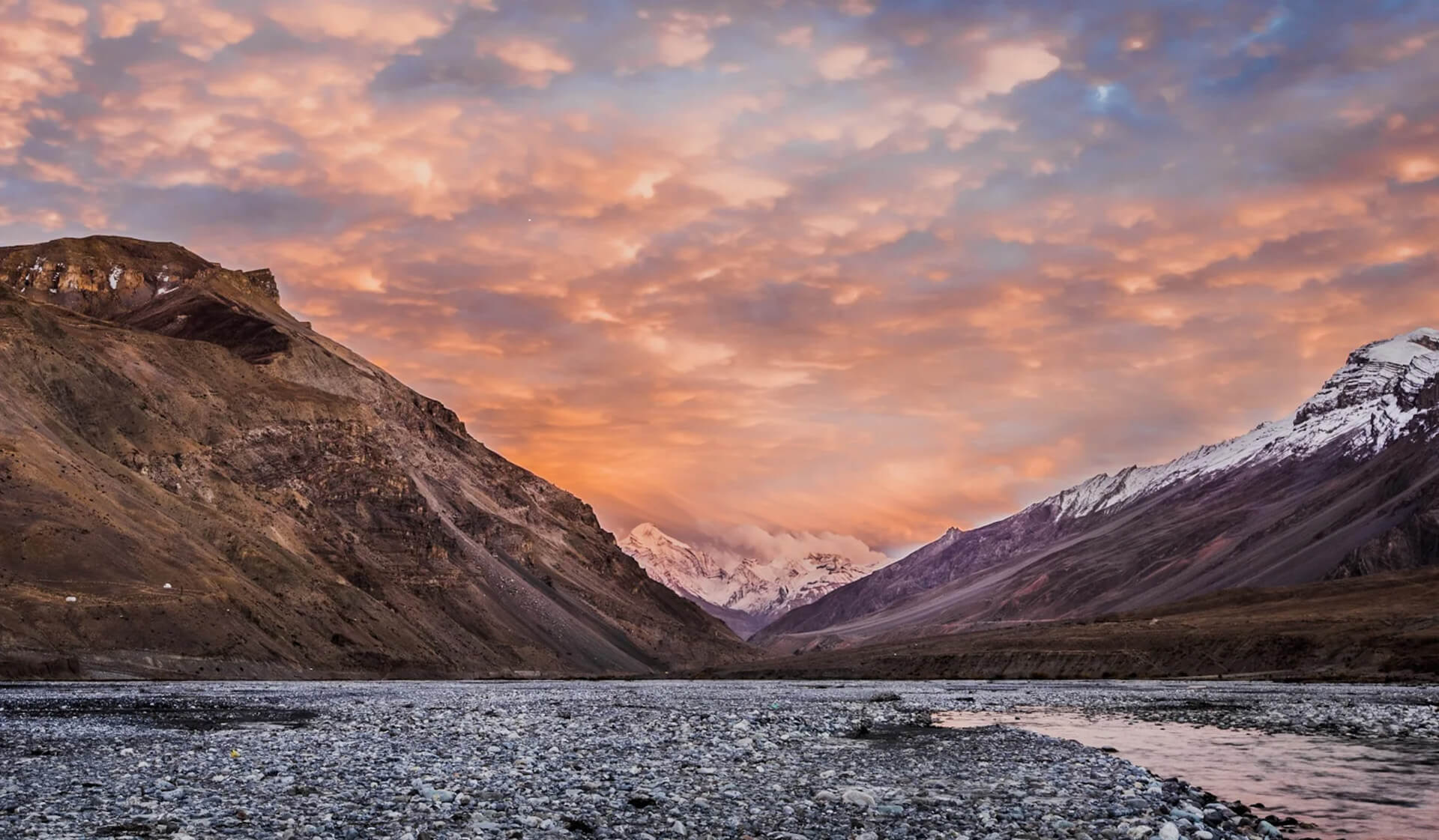
Kaza
Exploring Around Kaza
Kaza may not be the most exciting town, but it’s a great spot to set up camp while checking out Lahaul-Spiti. Once you’re in Kaza, you’re just a short drive away from cool villages like Komik, Langza, Hikkim, and Demul. It’s super easy to visit these awesome remote spots!
For a better understanding of these villages, Visit-devilonwheels.com please click here
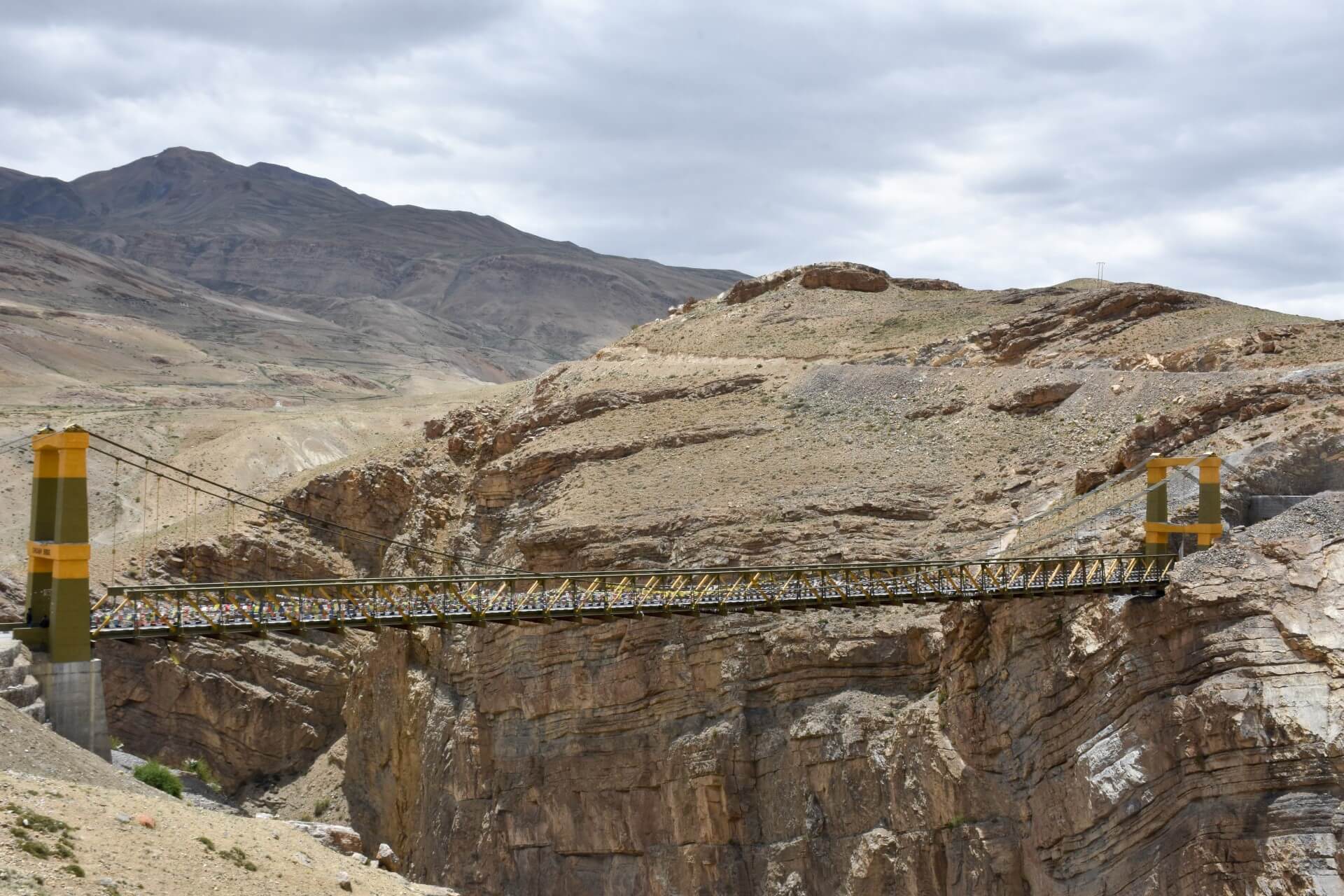
Chicham Bridge
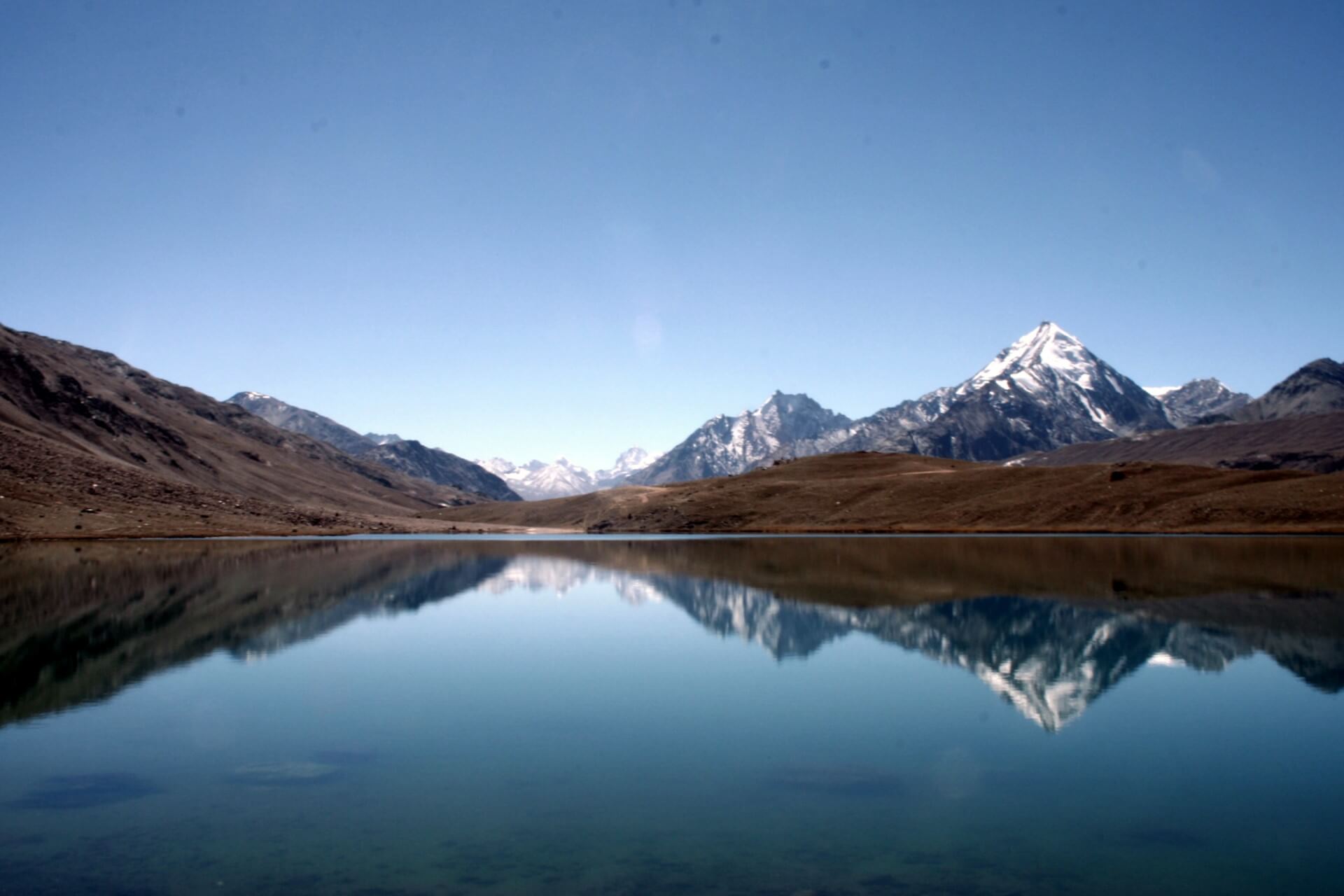
Chandra Taal – lake of the Moon
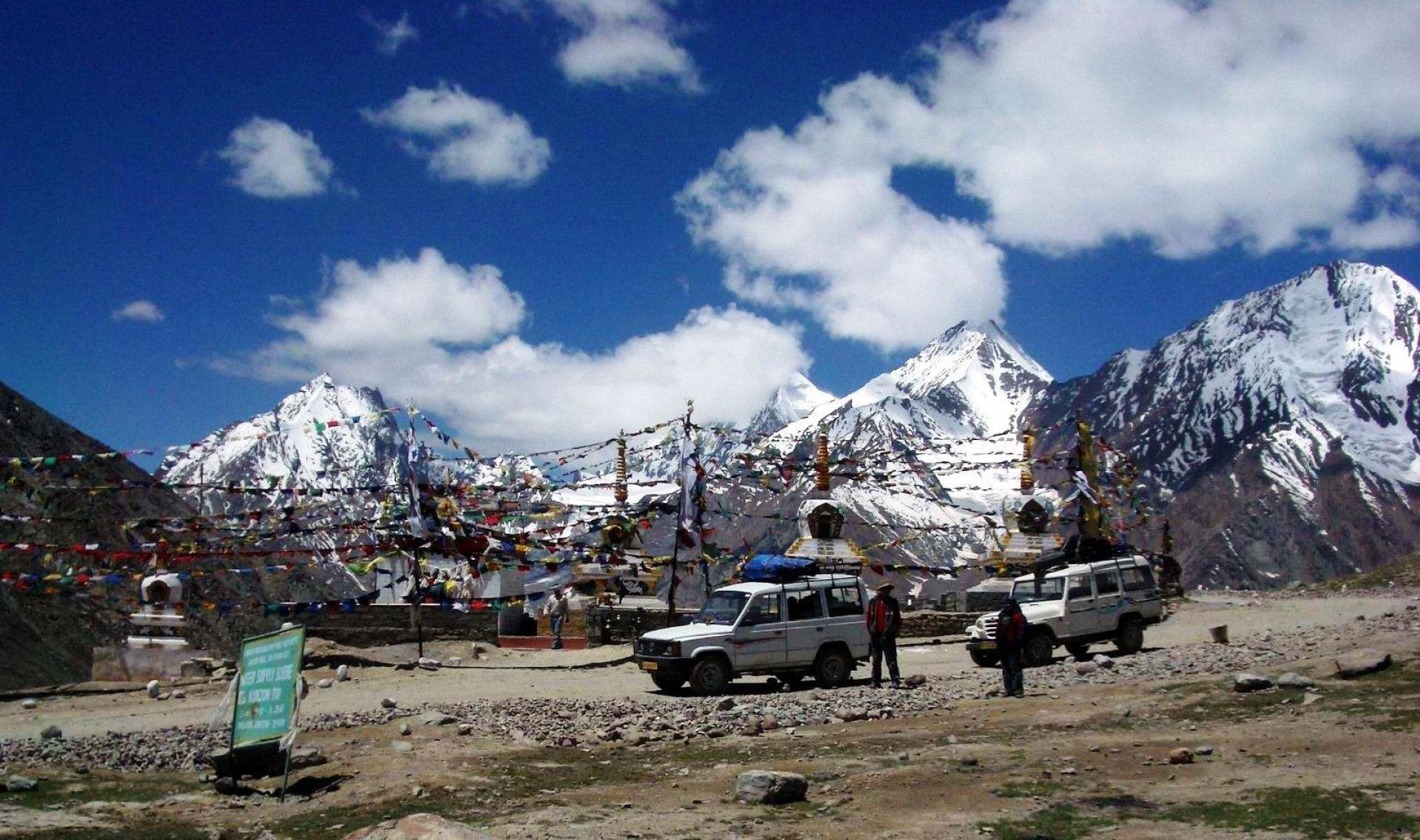
Kunzum Pass- Kunzum la: (Trekker’s Paradise)
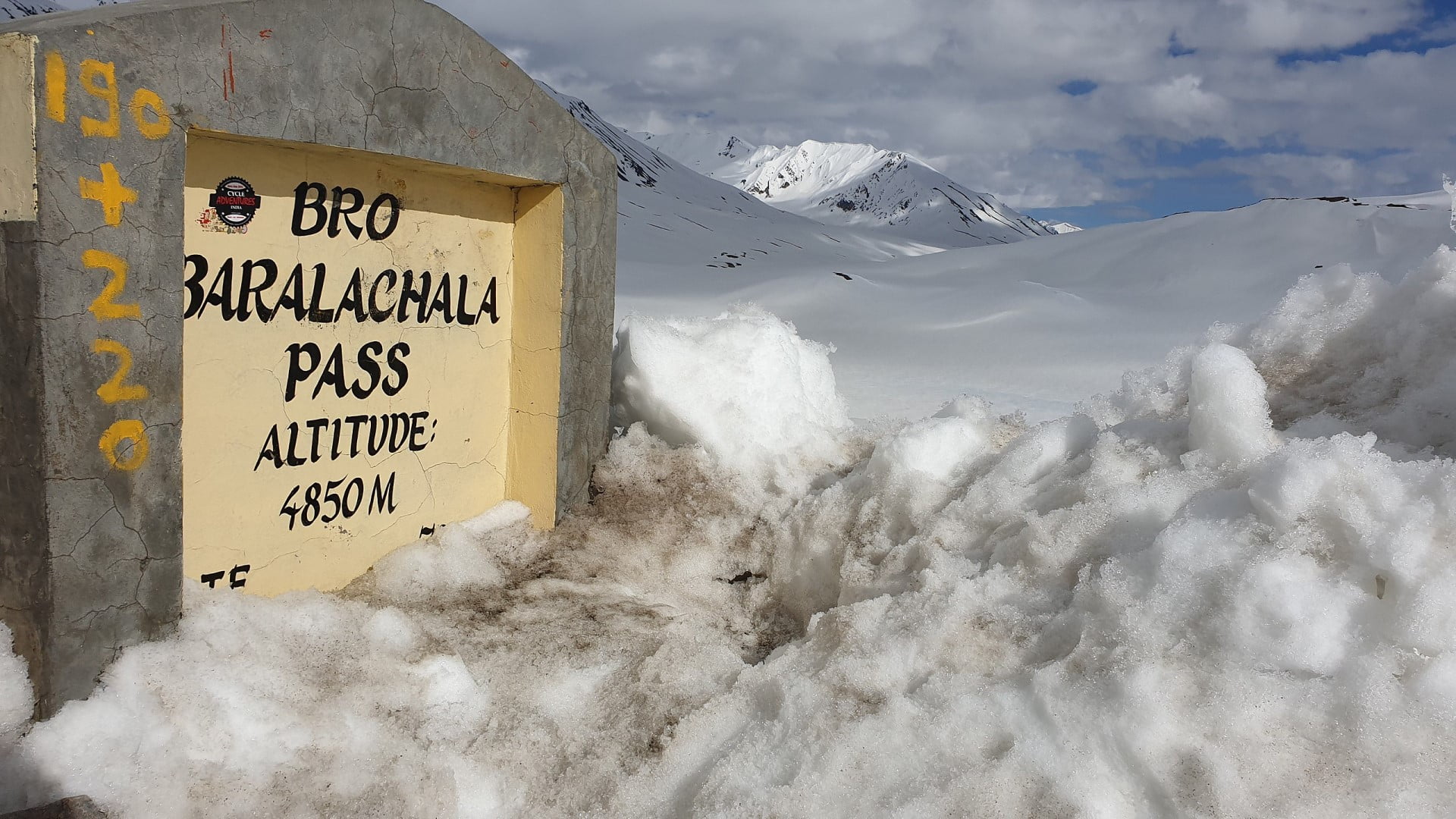
Baralacha Pass –Breathtaking Views:
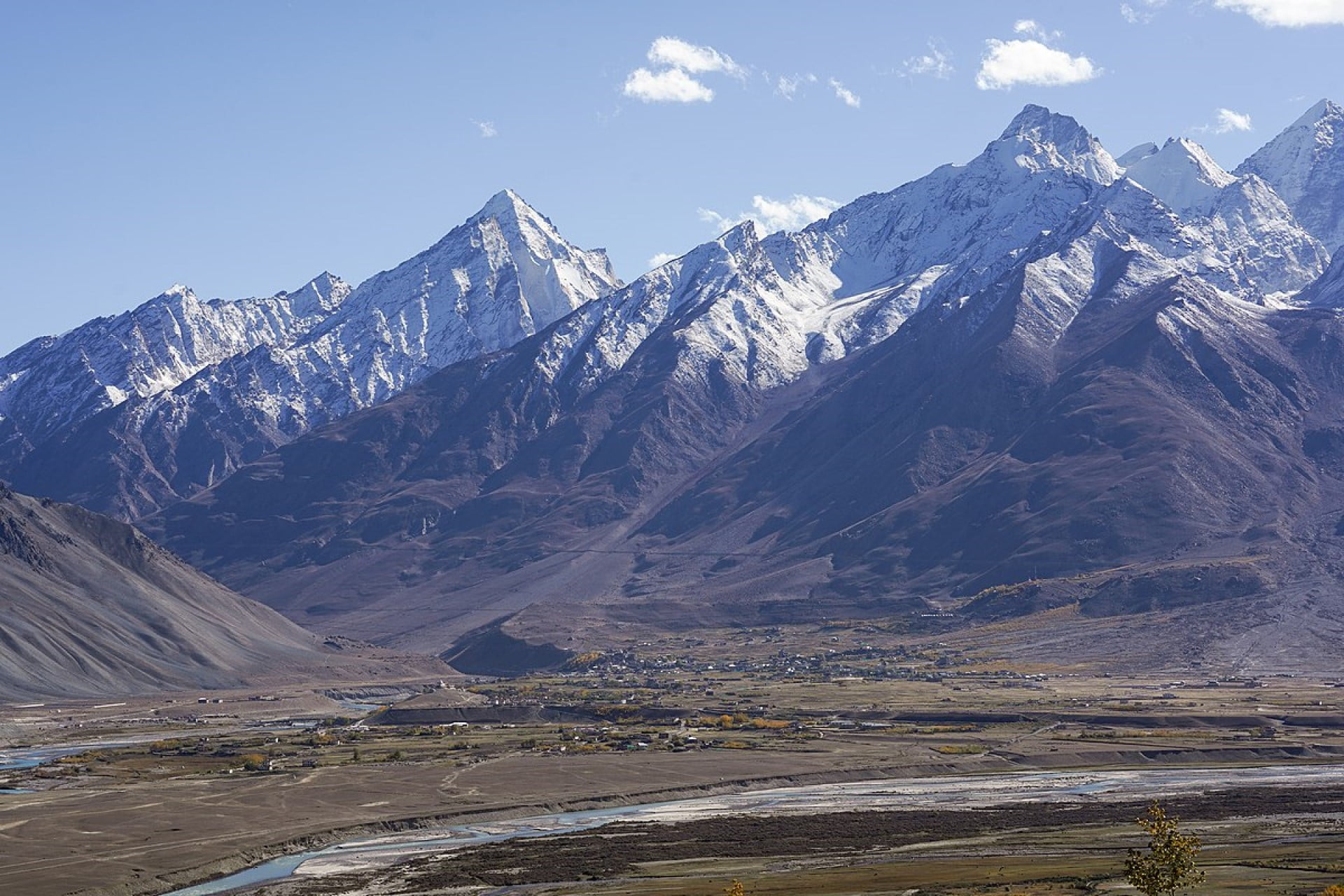
Great Himalayan and Zanskar ranges.

Got a Question?
Our Destination expert will be happy to help you resolve your queries for this Destination.
10:30 AM – 8:00 PM (Mon to Sat)
Email:- [email protected]
Must Know Before You Visit Spiti Valley
- Driving from Manali to Kaza can be quite risky, so avoid the self-drive at all costs. It is recommended to ride in a bus to reach your destination.
- There are only one or two ATMs in Kaza, which might run out of money. Therefore, make sure that you carry enough cash.
- Chandratal Lake was earlier a popular camping site but camping is now forbidden within 3km of the lake.
- The Kunzum Pass is ordinarily open from June to September. During the rest of the year, it is frozen.
- The Kunzum Pass has no eateries, so it is recommended to stock up on food supplies before the journey.
- It is essential to have many copies of the permit as they may have to be submitted at different checkpoints along the way to Sarchu.
- It is to be noted that the camps at Sarchu will be shut down during winters owing to the heavy snowfall.
- Photography inside the monasteries and temples is strictly prohibited.














